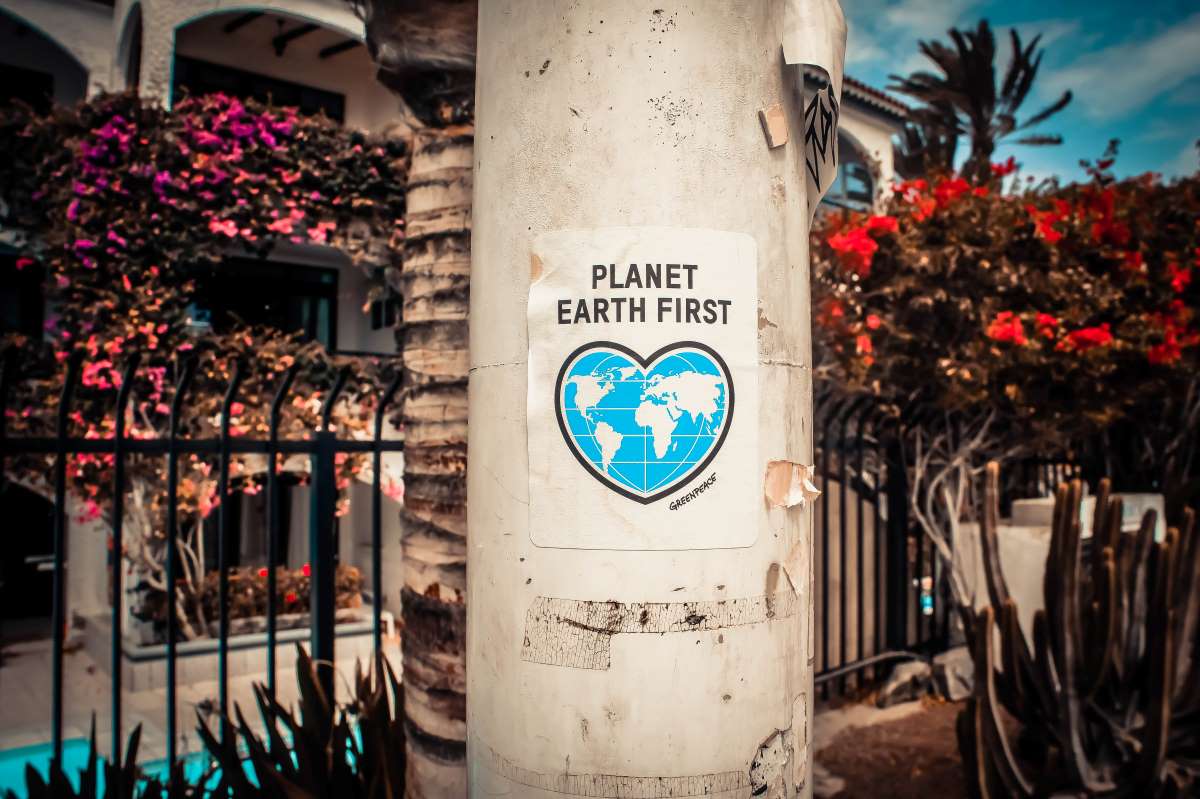
Biodiversity | An Answer For Sustainable Fashion
Biodiversity may be fashion’s answer for a sustainable future. Nature has inspired fashion for centuries, with some of the most famous designers (Versace, Dolce & Gabanna, Alexander McQueen) taking direct inspiration from the natural world for their clothing lines. However, despite nature’s importance to fashion, little respect is shown through garment production and popular fast fashion fabrics. Hope is not lost, though. Increasing consumer awareness surrounding sustainable fashion is inciting designers to look towards biodiversity for a more conscious couture.
WHAT EVEN IS “BIODIVERSITY”?
If we consider the exact definition, biodiversity is described as “the variety of life and is the living component of what can be considered natural capital reserves”. When thinking of ‘biodiversity’ animals, flowers and plants come to mind. But in reality, it embraces everything that has life, from genes to ecosystems. Biodiversity is so much more than a simple definition. It is a life source, a companion. It represents home, freedom, or even love.
Each aspect of biodiversity plays a very important role in our planet. The impact of losing them will devastate not only us, but the ecosystems that surround us and sustain the planet.
“The fashion industry is pushing the Amazon rainforest closer to the tipping point of irreversible ecosystem collapse”
FASHION AND BIODIVERSITY
How does fashion affect our biodiversity? Let’s unearth biodiversity in fashion.
OUR FORESTS
TREES AS MATERIAL
The Fashion industry has caused various disasters and damages to the natural environment. Primarily, garment production causes intense deforestation. Because of poor crop management, especially cotton and monocultures leave precious soil infertile due to pesticides.
Viscose (a semi-synthetic fabric, often used in as a silk substitute) is also a problem. To obtain the textile, which is found in trees, forests are inevitably destroyed. When manufacturing materials, whether of natural or artificial origin, water, land and energy are used and exploited. The fashion industry is using up these resources without allowing time for the sources to replenish, slowly suffocating the environment they so desperately need. As a consequence there are fewer opportunities for living beings to feed, live and reproduce freely.
LEATHER AND LAND
Cattle grazing and its by-product are killing the rainforests. Overall, Cattle ranching accounts for 80% of current deforestation throughout the Amazon. It may be unclear how the textile industry contributes to this destruction. However, recent research from environmental organization Stand Earth found a massive number of luxury and mainstream brands (including Adidas, H&M, Zara, Gap, Prada and many more) have contributed heavily to deforestation of the Amazon. This is due to their use of leather in their shoes, and accessories. According to Stand Earth, “the fashion industry is pushing the Amazon rainforest closer to the tipping point of irreversible ecosystem collapse.”

OUR OCEANS
GARMENT SHIPPING
The sea is also not free from the fashion industries destruction. Studies focus on the problem of microplastics, the clothes we wear are composed of polyester (a type of plastic resin obtained from oil through a succession of chemical processes.) We as consumers when washing clothes, throw contaminated water that reaches rivers and seas, where species swim among microplastics. It is thought that textiles contribute around 35% of microplastics polluting the oceans. Microfibre plastics now exist throughout our oceans including in the deep sea, in Arctic ice cores and ingested by fish.
OIL SPILLAGES
Most common fabrics used in the fast fashion industry are made from petroleum, a non-renewable fossil fuel. Polyester, for example, is the world’s most commonly used fibre. Nylon is another popular fibre, is also derived from crude oil. In 2015 alone more than 330 million barrels of oil were used to make polyester, nylon, and other fibres. This usage of oil contributes to the devastating effects of oil spills throughout our oceans. Oil spills are a common occurrence, each one devastating for the environment. Marine life inhales or consumes this toxic oil, which impacts their immune systems, and can even make them infertile.

SUSTAINABLE DEVELOPMENT GOALS
The Sustainable Development Goals (SDGs), also known as the Global Goals, are a call to global action to end poverty, protect the planet and ensure that all people enjoy peace and prosperity. They include Goal 13 on climate action, Goal 14 on underwater life, and Goal 15 on terrestrial ecosystem life.
One million species are at risk due to the consequences of the so-called “sixth mass extinction”.
OBJECTIVE 13
The concentration of CO2 in the atmosphere has accelerated in recent years and its consequences have been the warming of the oceans, rising sea levels, the melting of the poles, tsunamis, fires, and earthquakes, among other natural disasters. “SDG 13 aims to introduce climate change as a key issue in the policies, strategies and plans of countries, companies and civil society, improving the response”, to meet this goal should establish strategies to reduce their CO2 emissions into the atmosphere, promoting the use of renewable energy and invest in developing technological innovations more sustainable and less intensive in emissions.
OBJECTIVE 14
Objective 14 aims to Conserve and sustainably use the oceans, seas and marine resources. The ocean is crucial to the global economy, 90% of trade, uses maritime transport, submarine cables for telecommunications, among others such as fashion. All of these aspects contribute greatly to the destruction of underwater life.
OBJECTIVE 15
Terrestrial ecosystems provide clean air and water and constitute the habitat of millions of animal and plant species, which are indispensable for humanity. The Organization for Economic Cooperation and Development (OECD), warns that of the 8 million species that currently exist on the planet, one million are at risk due to the consequences of the so-called “sixth mass extinction”.
To achieve these goals, fashion must change the way it works and do its part to get there. If the industry would commit to avoiding all kinds of toxic substances, use sustainable and quality materials so that the garments have a long life of use and change their business models to avoid long journeys to reach their points of sale around the world, it would be reducing air, water and soil pollution.
However, this is a team effort between government, consumers and industries, it is everyone’s responsibility to demand these changes, take care of our planet and change our consumption habits, let’s be responsible for what we consume.
Highlight Image:
San Sebastián © Aiony Hust via Unsplash
+ Words:
Carmen Espinoza
Luxiders Magazine








